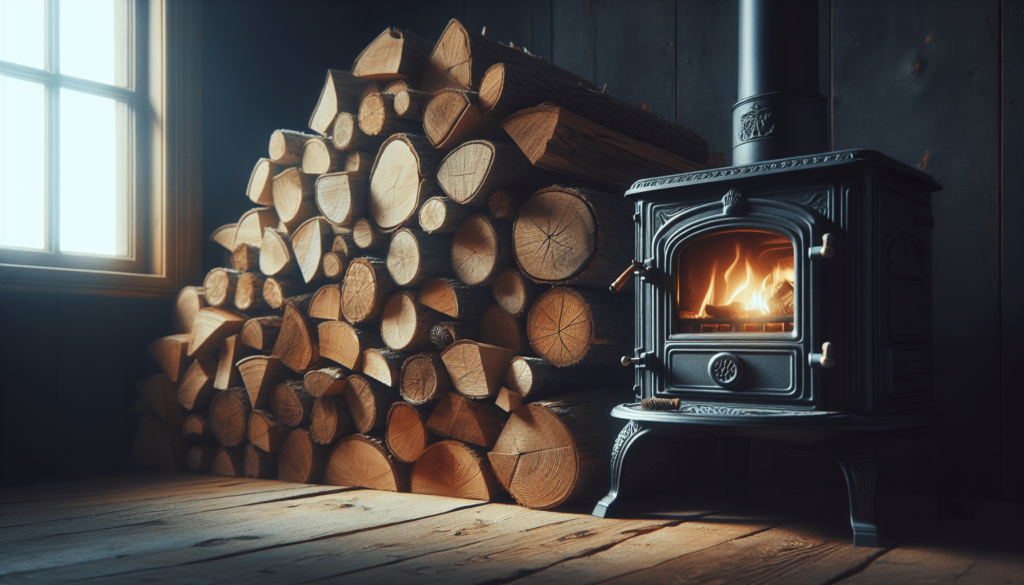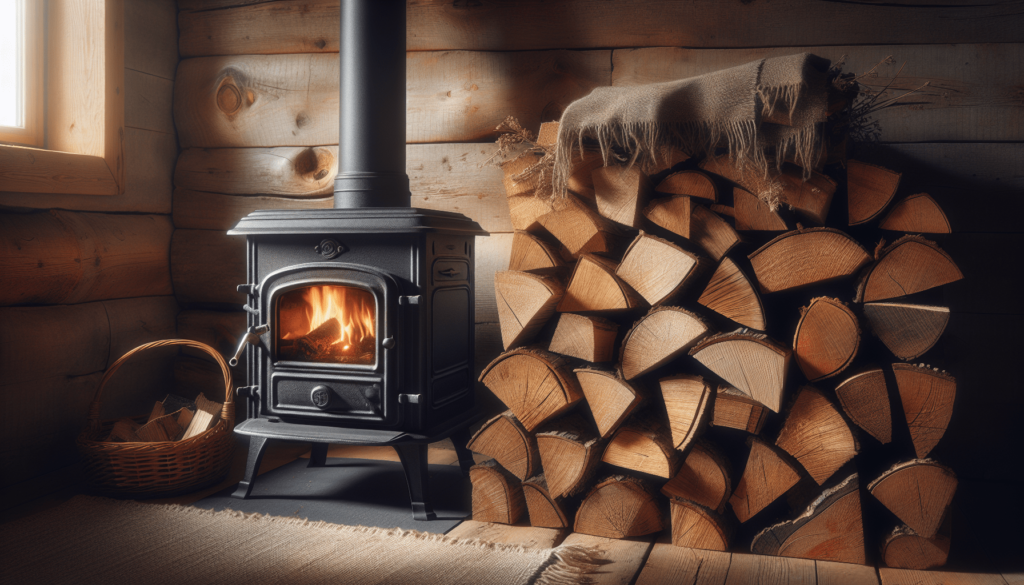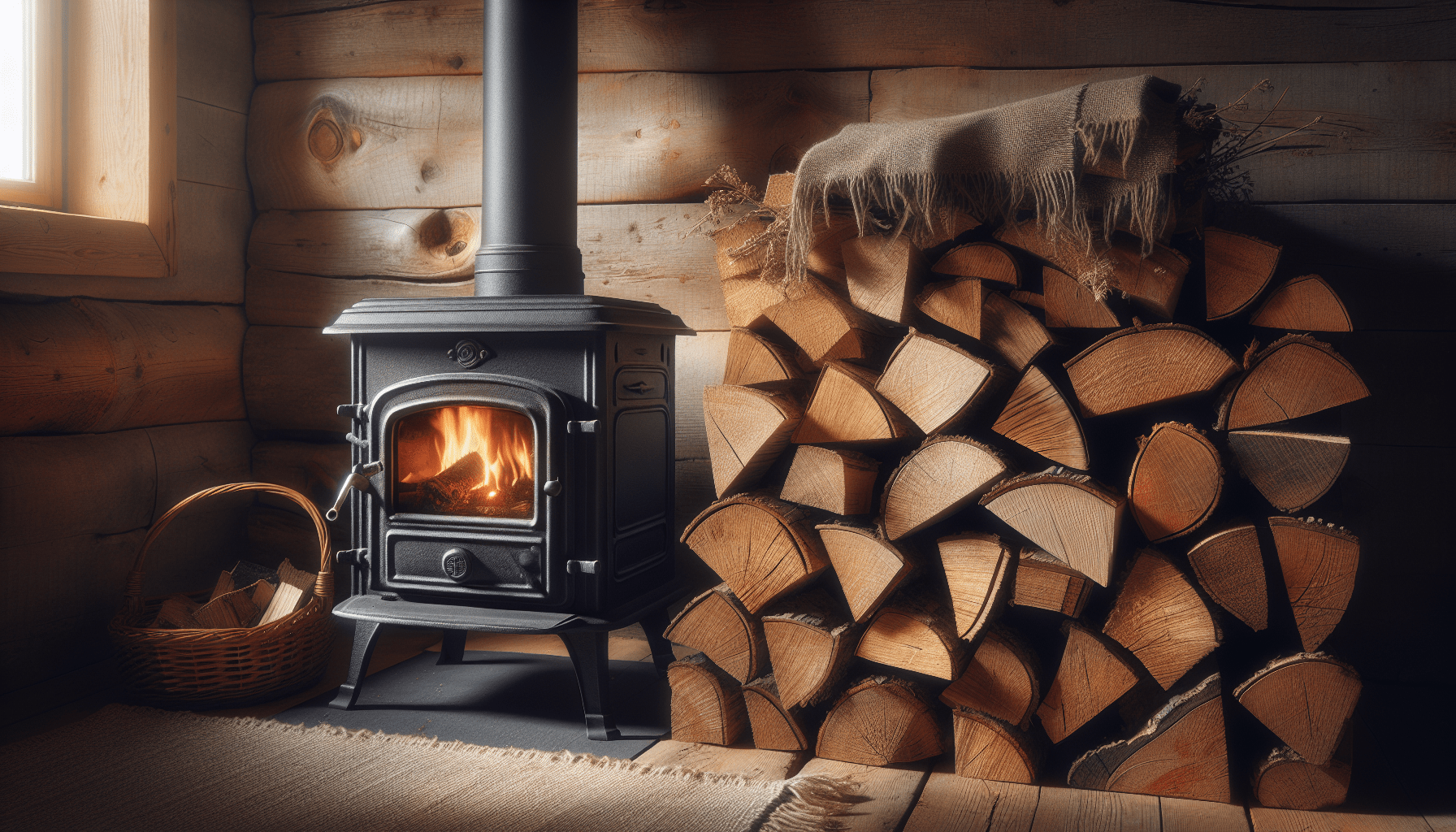Have you ever pictured yourself in a cozy room, with a roaring wood burner, basking in the warmth while the world outside chills to its bones? Wood burners are more than just a means to heat a space; they’re a lifestyle, a statement, and sometimes, a bit of a project. If you’re thinking about adding one to your home, you might be wondering what exactly you need. It’s not as simple as tossing some logs into a metal box and hoping for the best. There’s a whole list of essentials and considerations to make. Let me walk you through it, and by the end, you’ll be ready to transform your living space into a warm and inviting haven.

Choosing the Right Wood Burner
Types of Wood Burners
First things first, what kind of wood burner are you thinking about? They come in a variety of styles, sizes, and functionalities. Some are freestanding, while others are inset into the wall. Here are a few common types to consider:
| Type | Description |
|---|---|
| Freestanding | Standalone units that don’t require extensive modifications to your home. |
| Inset or Insert | Installed into an existing fireplace, modernizing the old hearth. |
| Double-sided | Can be used to heat two rooms divided by a wall. |
| Boiler stoves | Can heat water for radiators in addition to heating the room. |
Size Matters
The size of the wood burner isn’t just about how big it looks in your room; it’s about how well it heats your space. Measure the area you intend to heat and consult with a professional to determine the correct size. Too small, and you’ll be constantly feeding it wood and still wearing a sweater. Too big, and you might turn your living room into a sauna.
Installation Requirements
Finding the Right Spot
Once you’ve chosen your wood burner, where are you going to put it? This isn’t something you can move around like a coffee table. It’s got to have the right location, preferably in the room where you spend the most time. Consider a spot with enough clearance from walls and furniture, so you’re not risking a house fire every time you light it up.
Chimney and Flue
Here’s a critical bit – your wood burner needs a way to vent smoke and gases. If you’ve already got a chimney, you’re halfway there. If not, you’ll need to install one, along with a flue. The flue is like the exhaust pipe for your wood burner, channeling out the smoke and gases. Make sure the flue liner is suitable for wood burning – you don’t want any accidents.
Professional Installation
Installing a wood burner is not a DIY project unless you’re particularly handy and somewhat willing to risk a few singed eyebrows. It’s best to call in a certified professional who can ensure everything is up to code and safely installed.
Fuel Supply
Types of Wood
Not all wood is created equal when it comes to burning it in a stove. Hardwood burns longer and produces more heat, while softwood burns faster and is good for kindling. Here’s a quick comparison:
| Type of Wood | Characteristics |
|---|---|
| Hardwood | Dense, burns slowly, and gives off more heat (e.g., Oak, Maple, Ash). |
| Softwood | Less dense, burns quickly, and is great for kindling (e.g., Pine, Cedar). |
Seasoned or Kiln-Dried
Always use seasoned wood, which has been dried for at least six months, or kiln-dried wood. Green or wet wood produces a lot of smoke and less heat. Trust me, you don’t want to deal with a smoke-filled room because your wood isn’t up to scratch.
Accessories and Tools
Essential Tools
You’ll need a few basic tools to keep your wood burner running smoothly and safely. Here’s a rundown:
| Tool | Purpose |
|---|---|
| Firewood Rack | To store your wood neatly and keep it dry. |
| Ash Bucket | For collecting ashes – make sure it has a lid. |
| Poker and Tongs | To adjust burning logs without burning yourself. |
| Heat-Resistant Gloves | For adding wood and adjusting logs safely. |
| Chimney Sweep | A brush for cleaning the chimney and flue. |
Fire Starters
Fire starters make getting your burner going a breeze. You can use commercially available firelighters, or even dry lint from your dryer (who knew laundry could be so useful?). Avoid using liquid fire starters like lighter fluid or gasoline – that’s a recipe for disaster.

Maintenance and Cleaning
Regular Cleaning
Your wood burner, like any appliance, will need some upkeep. A regular clean-out of ash is essential. Too much ash can restrict airflow and make it harder to get a good burn going. Use a metal shovel and ash bucket for this – and remember, those ashes can stay hot for a very long time.
Chimney Maintenance
A dirty chimney can lead to chimney fires, which are about as fun as they sound. Ideally, you should have your chimney inspected and cleaned at least once a year by a professional. Creosote, a byproduct of wood burning, can build up and needs to be removed to keep things safe.
Safety Considerations
Smoke Alarms and CO Detectors
You’ve got a fire in your house – on purpose. So, it’s wise to have smoke alarms and carbon monoxide (CO) detectors installed. Place them in the same room as the wood burner and throughout your home for maximum safety.
Fire Guards and Screens
If you have kids or pets, a fire guard or screen is a must. It keeps little hands and furry paws from getting too close to the very hot stove and flying sparks.
Proper Ventilation
Your room needs to be properly ventilated. Wood burners consume oxygen, and you don’t want to end up with a stuffy room or worse, oxygen deprivation. Make sure there’s a bit of airflow – but not a draft since that will send your heat right out the window.
Environmental Considerations
Sustainable Sourcing
Sourcing your wood responsibly is crucial. Use local suppliers who follow sustainable practices. Avoid wood that’s been chemically treated or painted, as burning these can release toxic fumes.
Emission Standards
Check the emission standards for wood burners in your area. Some regions have strict regulations on what you can and cannot have. Modern wood burners are designed to be more efficient and have lower emissions, so it’s worth investing in a newer model to keep the air cleaner and meet regulations.
Costs and Budgeting
Initial Investment
A wood burner isn’t cheap. Here’s a rough idea of what you might be looking at:
| Item | Estimated Cost (USD) |
|---|---|
| Wood burner (freestanding) | $1,000 – $3,500 |
| Installation | $500 – $2,000 |
| Chimney or flue system | $500 – $2,500 |
| Accessories (tools, racks) | $100 – $500 |
Ongoing Expenses
Beyond the initial investment, think about the cost of wood (especially if you’re not chopping and seasoning your own), yearly maintenance, and professional cleaning. It can add up, but many people find the coziness and warmth it offers to be worth the ongoing cost.
Alternative Heating Options
Comparing Options
It’s always good to know your alternatives. Electric heaters, gas fireplaces, and pellet stoves are other heating solutions that might suit your needs.
| Heating Option | Pros | Cons |
|---|---|---|
| Electric Heaters | Easy to use, no ventilation needed | Higher electricity bills |
| Gas Fireplaces | Convenient, constant heat | Requires gas supply, can be pricey |
| Pellet Stoves | Uses recycled wood pellets, very efficient | Requires electricity, pellets can be costly |
Each has its own set of pros and cons. For some, the ambiance and sustainability of a wood burner outweigh the practicality of an electric heater or gas fireplace.
Conclusion
So, there you have it – a comprehensive look at what you need for a wood burner. From selecting the right type and size to considering ventilation, safety, and ongoing costs, there’s quite a bit to think about. It’s not just about keeping warm; it’s about creating a beautiful centerpiece for your home that offers both style and substance.
Thinking about all these details might seem a bit overwhelming, but a well-chosen, properly installed, and carefully maintained wood burner can transform your living space into a warm, welcoming retreat. Now, all that’s left is to grab a good book, pull up a comfy chair, and enjoy the crackling fire. Here’s to cozy evenings and the timeless charm of a wood-burning stove!

